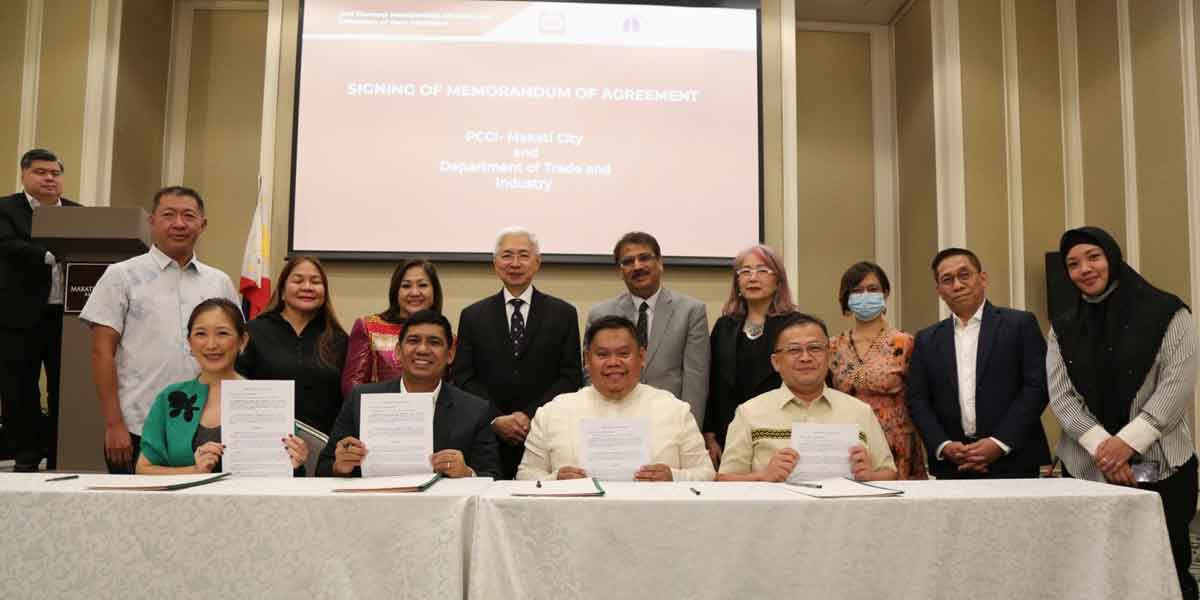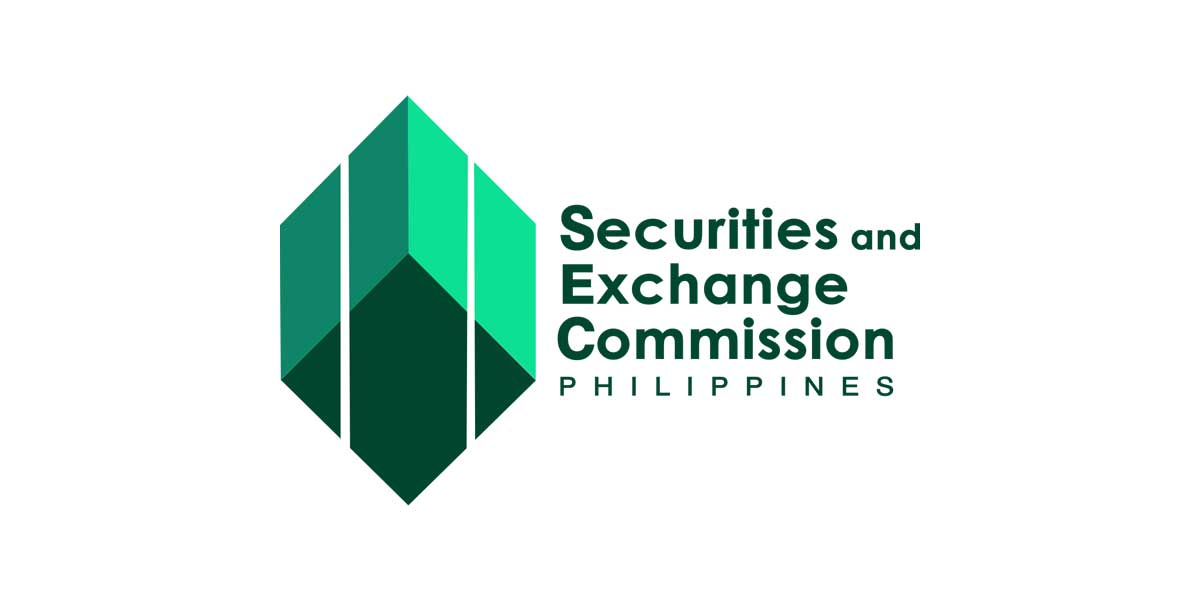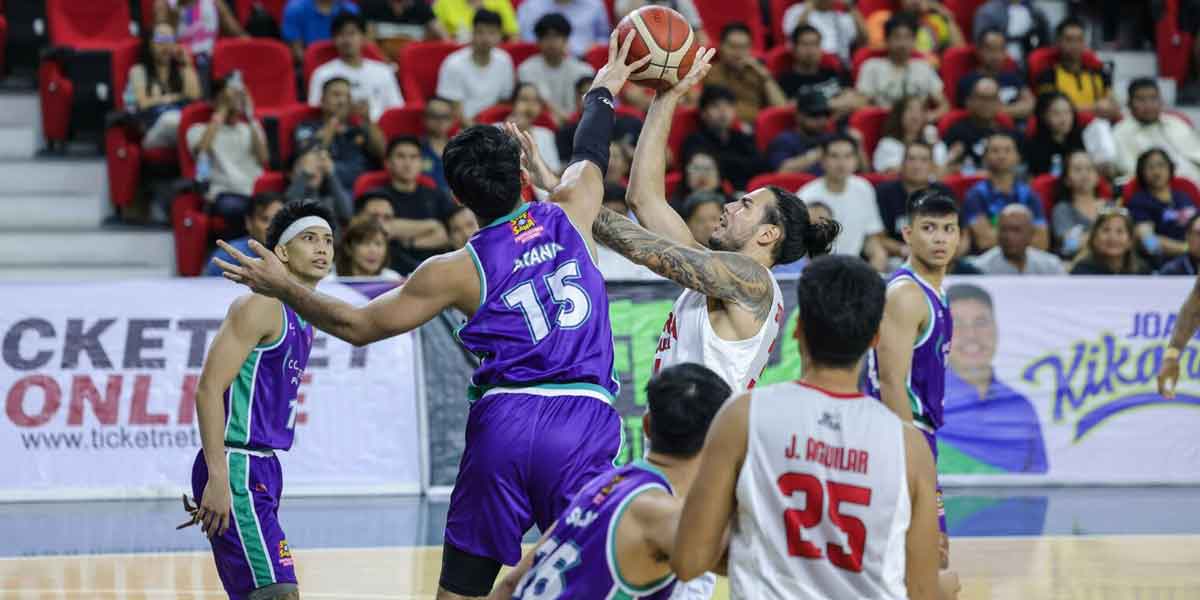By Ted Aldwin Ong
The Iloilo Art Pop-Up Studio, which concluded at the end of December 2022, offered a thin slice of the state of engagement between the Iloilo visual arts community and the local government.
The opening night of the second week of November last year was buoyant with speeches and lively performances by artists. The event buzzed with conversations that brought back memories of large art gatherings like the Hublag Arts and Crafts Festival in the 1990s and the Iloilo hosting of ViVa ExCon, the last of which was in 2016.
With over 13 groups and 180 individual artists as participants, the first Pop-Up Studio was a celebration of camaraderie, creativity, and positive recovery from the pandemic, with over a million pesos in art sales that went to some 40+ of Iloilo’s established and emerging artists.
Days later, however, a less glamorous mood emerged on Facebook after keen insiders unforgivingly raised the matter of the physical space, lack of appropriate curation, quality of artworks, and facilities. In addition, the discussion also highlighted pre-event concerns from planning, finances, and communications, underscoring matters of participation, transparency, and accountability—problems that normally occur on rushed project implementations of a collaborative nature.
The spirited exchange on social media showed an interplay of the sectoral (artists and groups), political (government support), and social (relationships with other key stakeholders). It revealed that the local art world is buffeted by a lot of things in constantly changing combinations, and the discussions crystallized the problematic internal systems of art groups, demonstrating their ability (and abilities) to engage in the complex environment that characterizes the art ecosystem.
Expectedly, the episode triggered conversations, with some artists expressing openness to discuss problems, others with caution and self-preservation, but generally with reluctance. Let’s leave it at that and see what comes out of it in the coming days.
This is the reason why I consider the Iloilo Art Pop-Up Studio an unexpected art fair that awakened the community, and that awakening might serve as a silver lining. I’m sharing some thoughts in retrospect through a civil society development lens, with the hope that it will promote an open and safe space within the visual arts community and foster a healthy conversation as a springboard to a more effective and productive engagement in the future.
The visual arts community needs to reaffirm unification and create a roadmap. To backtrack, there were clear dividends from ViVa ExCon 2016 because of a consolidated visual arts community that was committed to reinvigorating its development. Since then, public awareness has increased, generating “renaissance fever,” which has created a dynamic ecosystem by bringing new investments, opening up economic activities for artists, and gaining the support of the local government and the private sector.
Although there was no clear roadmap, the local art scene has expanded despite serious challenges brought about by COVID-19, global political instability, post-2022 elections, and worsening inflation. Moving forward into the post-pandemic era, however, requires new leadership that can consolidate its ranks and facilitate stronger unification.
A sectoral roadmap that outlines its vision, direction, and priorities is essential for formal engagement with the local government and other players in the art ecosystem. In a world with increasing scarce resources, funders have become obsessed with plans, and a roadmap will help communicate how it contributes to the overall scheme of things that brings development to society. Without a roadmap and plan, the local art world will remain detached from the community and its sustainability will be threatened.
The need for capacity for constructive engagement requires no further emphasis. The political and economic environment is fast evolving, triggered by technological advancement, improved accountability mechanisms, and new regulatory policies.
There are plenty of hindering factors, yet a major one is the requirement of legitimacy. I’m not saying that artists or art groups are illegitimate. However, in the context of participatory governance, I doubt that most groups have a legal document to show that they are a registered entity with a legal personality to participate in development planning, propose fund support, access funds, utilize funds, submit reportorial requirements, and be subjected to auditing.
The legitimacy requirement is what drives local governments to engage with groups rather than individuals. It has a legal, practical, and governance function. Most art groups, however, are not registered entities, organizations, or business enterprises, but they are engaged in the serious and expensive enterprise of selling artworks whose cost is not a pittance like a can of sardines or a kilo of onions by the roadside.
Engagements with the local government by stakeholders with weak legitimacy beg political consideration. Many local artists are critical of the political influence at play when it comes to LGU engagements, but politics is not to blame when you have failed to establish legitimacy beforehand. Local chief executives are endowed with executive powers to exercise flexibility, and critical or not, local artists and art groups are enjoying an undue benefit because of the flexibility being exercised by the chief executive towards them. It created a favorable political climate for them to benefit from engagements with the LGU.
The Iloilo Art Pop-Up Studio illustrated this, not because of the fund support that they debated on Facebook but, more substantially, through leniency in regulation.
Flexibility and leniency are like antihistamines prescribed to those who lack legitimacy to constructively engage so that reddish spots like taxes from art sales will not emerge on the surface of the skin. It goes without saying that a weak legal personality is a sumptuous gray area for confidential and non-transparent transactions. Fortunately, the more they turn a blind eye to this fact, the more they will be vulnerable (if not beholden) to political control.
Constructive engagement is not corruption-proof. It can, however, minimize instances of red tape and manage political intervention. Using this approach may help groups gain the ability to access and utilize public funds from multiple sources, which will allow them to preserve a level of independence and attain their development goals.
More engagements are in the pipeline. If the visual arts community believes that they are an empowered sector, then they need to take action. The next round of engagements with the local government will have an awakened community scrutinizing their legitimacy, seeking transparency, and demanding shared accountability.





















